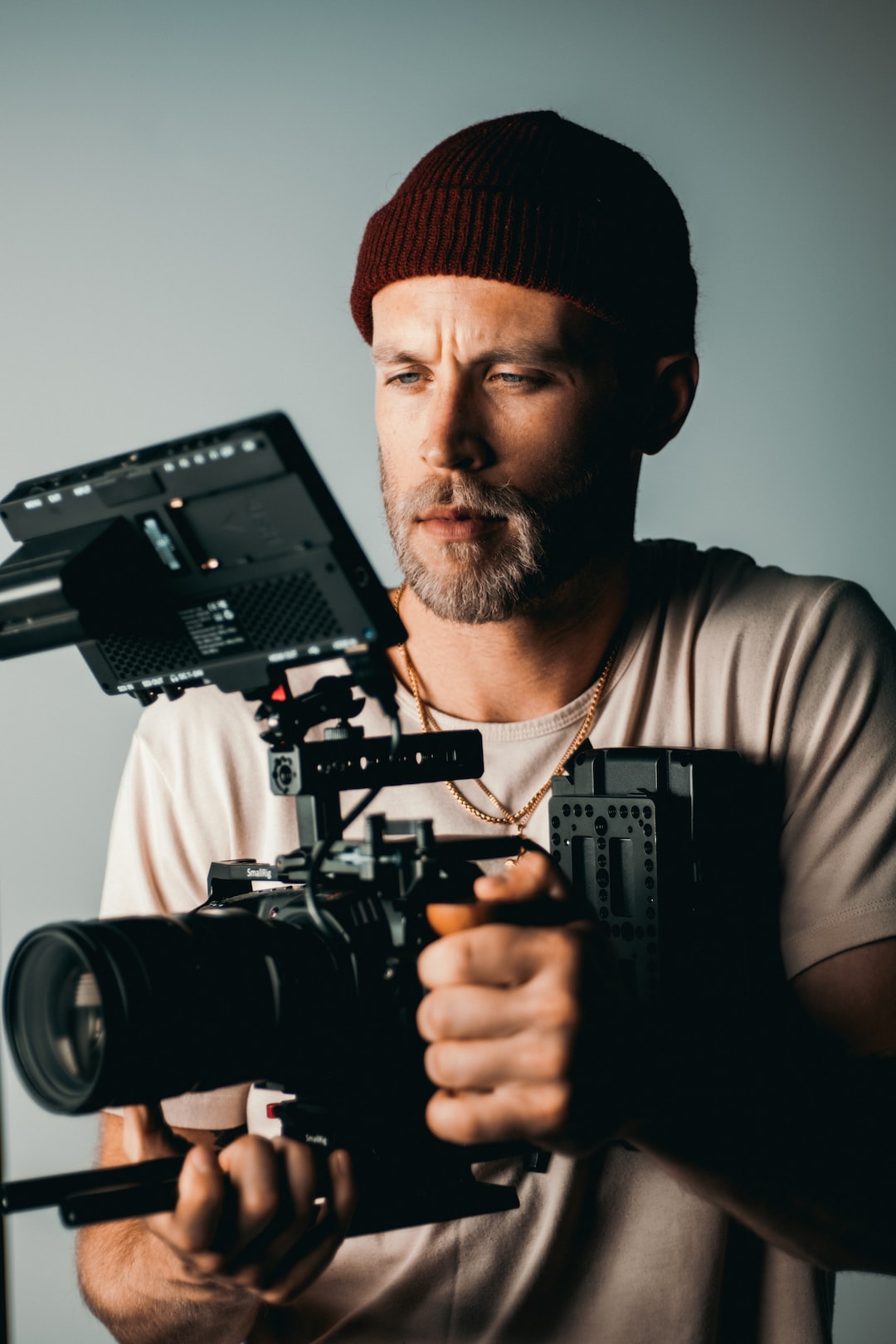“Exploring Different Filming Techniques in Production”
In the world of film production, capturing a visually stunning and engaging picture is of utmost importance. Filmmakers have utilized various techniques and methods over the years to achieve their vision and create a lasting impact on the audience. In this blog post, we will explore different filming techniques in production and how they have shaped the way we experience movies.
One of the most well-known techniques is the use of aerial shots. Aerial cinematography offers a unique perspective by capturing scenes from above. Whether it’s a sweeping shot of a beautiful landscape or an intense action sequence, aerial shots add depth and scale to the visual narrative. Drones have revolutionized this technique, allowing filmmakers to capture shots that were once impossible. From the opening shot of “The Shining” to the iconic helicopter chase scene in “Skyfall,” aerial shots have become synonymous with modern blockbusters.
Another popular technique is the use of slow-motion. Slow-motion provides an opportunity to emphasize a particular moment in time, allowing the audience to appreciate the details that might have gone unnoticed in real-time. Whether it’s a fight scene, a dramatic moment, or a simple visual effect, slow-motion can heighten the emotional impact and make the scene more visually captivating. Some notable examples include the iconic bullet-dodging scene in “The Matrix” and the intense slow-motion sequences in “300.”
Steadicam is another technique that has significantly influenced the way movies are filmed. Steadicams allow for smooth and stable shots, giving the audience a sense of immersion and proximity to the action. This technique is commonly used in tracking shots, where the camera moves alongside the characters, creating a dynamic and engaging experience. Martin Scorsese’s “Goodfellas” is famous for its long tracking shot through the Copacabana nightclub, showcasing the power of the steadicam.
Time-lapse photography is another technique that has gained popularity in recent years. By capturing a scene or an event at a sped-up rate, filmmakers can condense time and show the passage of time in a visually captivating way. Time-lapse footage often showcases the beauty of nature, the bustling pace of a city, or the growth and transformation of objects. From the beautiful opening sequence of “Baraka” to the growth of a character in “Boyhood,” time-lapse photography can visually tell a story in a unique and captivating manner.
These are just a few examples of the many techniques used in film production to create visually stunning and impactful images. As technology continues to advance, filmmakers will continue to push the boundaries of what is possible, and we can only imagine what the future holds for the art of cinematography. So next time you watch a movie, take a moment to appreciate the intricate techniques used behind the scenes, as they greatly contribute to the overall cinematic experience.

